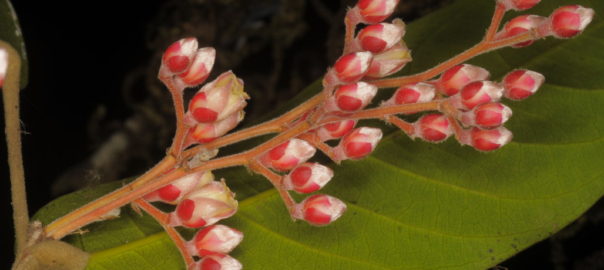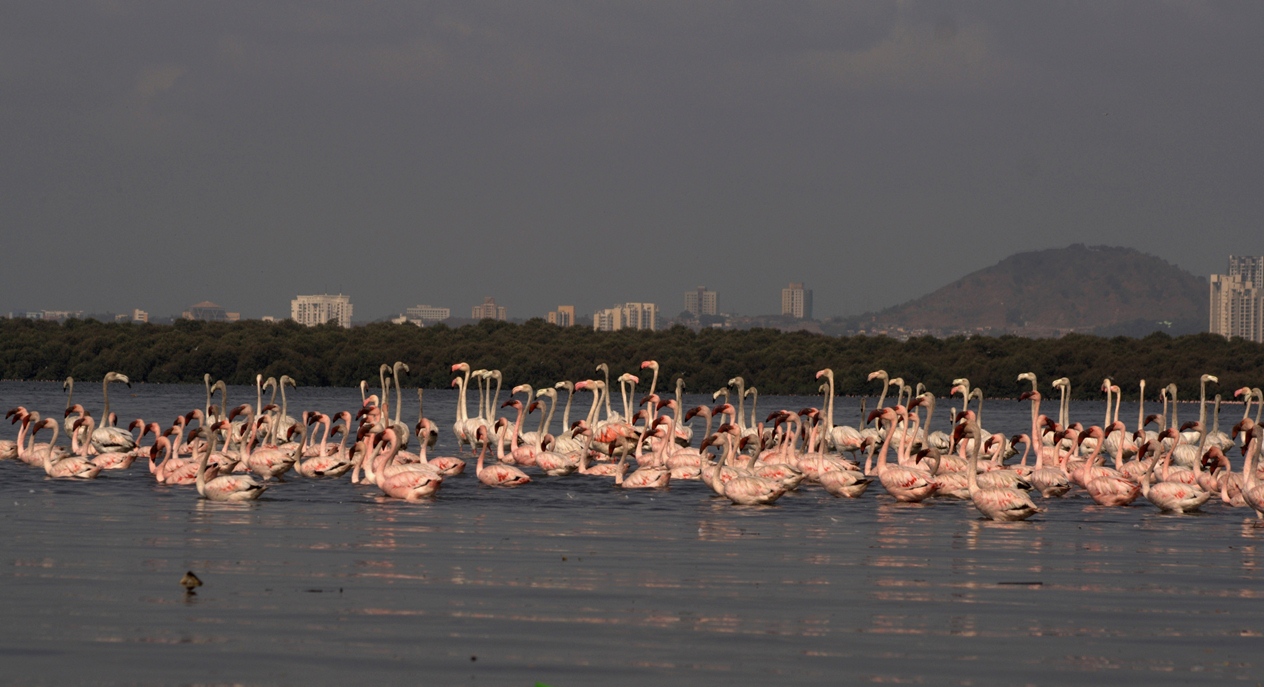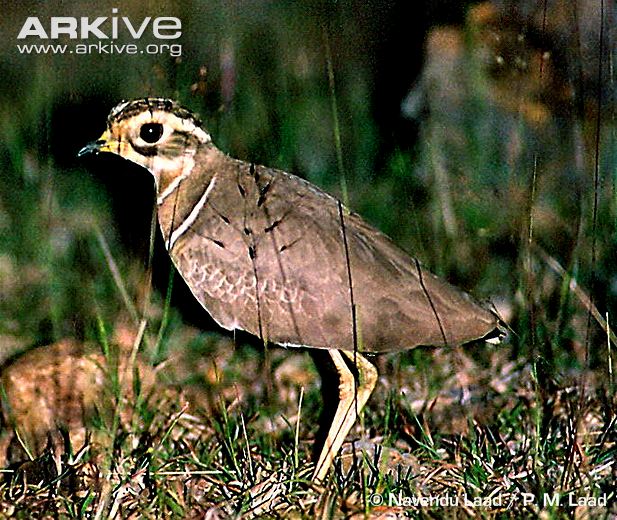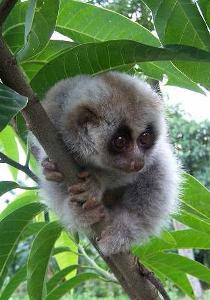God’s Own Country has launched a new campaign – the ‘GOD Trees’ and it might do a lot of good for endangered species.
Growing Our Dying (GOD) Trees campaign has been planned by the MS Swaminathan Research Foundation (MSSRF) where they plan to plant and protect a hundred of endangered and threatened trees in the sacred groves of Kerala.
Sacred groves, also called Kavu in the Malayalam language, are rich abodes of biodiversity. Historically, there was always a piece of land in ancestral homes that was kept for growing trees. This part of the land also often had a structure built to worship Goddess Durga or Naga, the serpent God. Removing any trees or breaking even a twig was considered inauspicious.
Also Read: Researchers Find 341 Birds in Kerala
According to the state forest department, sacred groves are as rich in biodiversity as the evergreen forests of the Western Ghats. In a 2015 report, it was found that the groves are home to rare flora and fauna, including endangered species. As many as 475 species of birds, 100 species of mammals, 156 species of reptiles, 91 species of amphibians, 196 species of fish and 150 varieties of butterflies were found in kavus, according to Down to Earth.
With time, the practice of huge families living in vast homes reduced as did the tradition of maintaining such groves. Still, about 1,200 exist today in the state.
MSSRF senior director N Anil Kumar said that they have already shortlisted the tree species they plan to grow in the groves. They have also identified 10 groves in Wayanad. In the first phase, the project will be implemented in 5 districts of Malabar.
Once the institute gets the approval of the landowner, they plan to plant saplings of endangered species that have been grown in the MS Swaminathan Botanical Garden in Wayanad. The plants have been raised here through silviculture (controlled growth of plants through specific scientific measures) and have received A-level accreditation under the ArbNet Arboretum Accreditation Program.
Among the endangered species being planned to be grown are the critically endangered Hopea erosa, endangered Cynometra beddomei, and endangered Sageraea grandiflora.
According to IUCN Red List of threatened species,
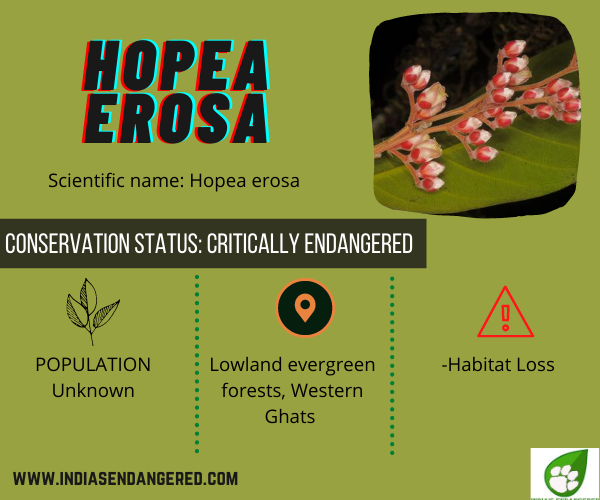
Hopea erosa is locally known as Eeyakam, Karakong. The exact number of trees that exist today is not known. The species is confined to lowland evergreen forest.
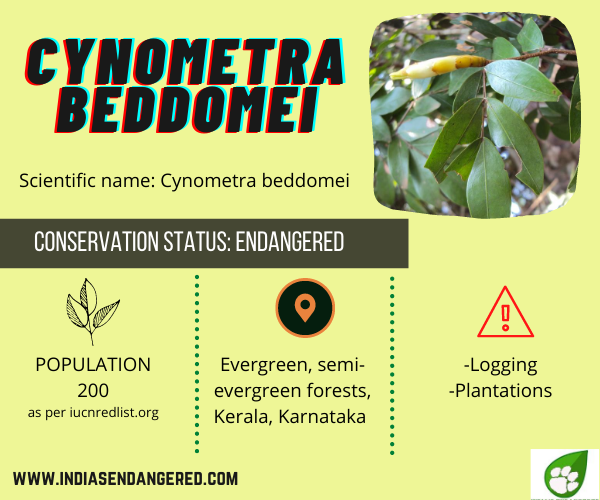
Cynometra beddomei was thought to be extinct as per the 1998 assessment, however the species was subsequently rediscovered in the wild. The number of mature individuals remaining is estimated to be less than 200. The tree is found in streamside evergreen and semi-evergreen forests between 700–1,000 m in altitude.
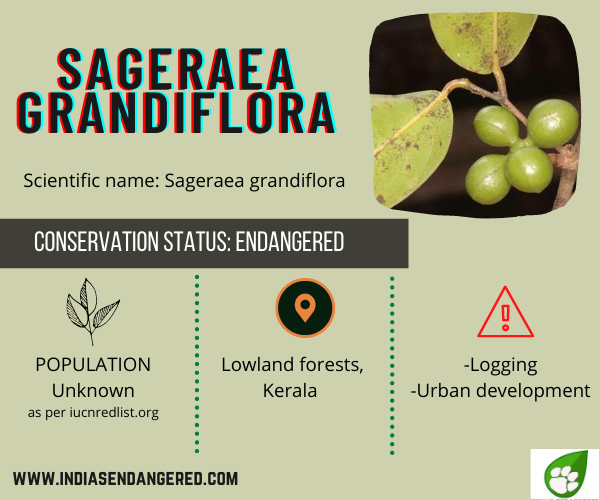
Sagerea grandiflora was for a long time known only from collections taken in the 19th century from Konni Forest in Quilon District, a large part of which has been logged and replaced with commercial crops. The species now appears to be sparsely distributed in a few additional localities in the area.
Kumar tells that the value of growing native species is immense because while there are a lot of green initiatives, the type of species grown is really important. Indigenous species have co-evolved with other species and therefore are not only better suited to thrive in a particular condition; they also help other species survive.
MSSRF has in the past ten years initiated the conservation of endangered species drives in 25 kavus in Wayanad and are therefore confident that this new effort would be successful too.

